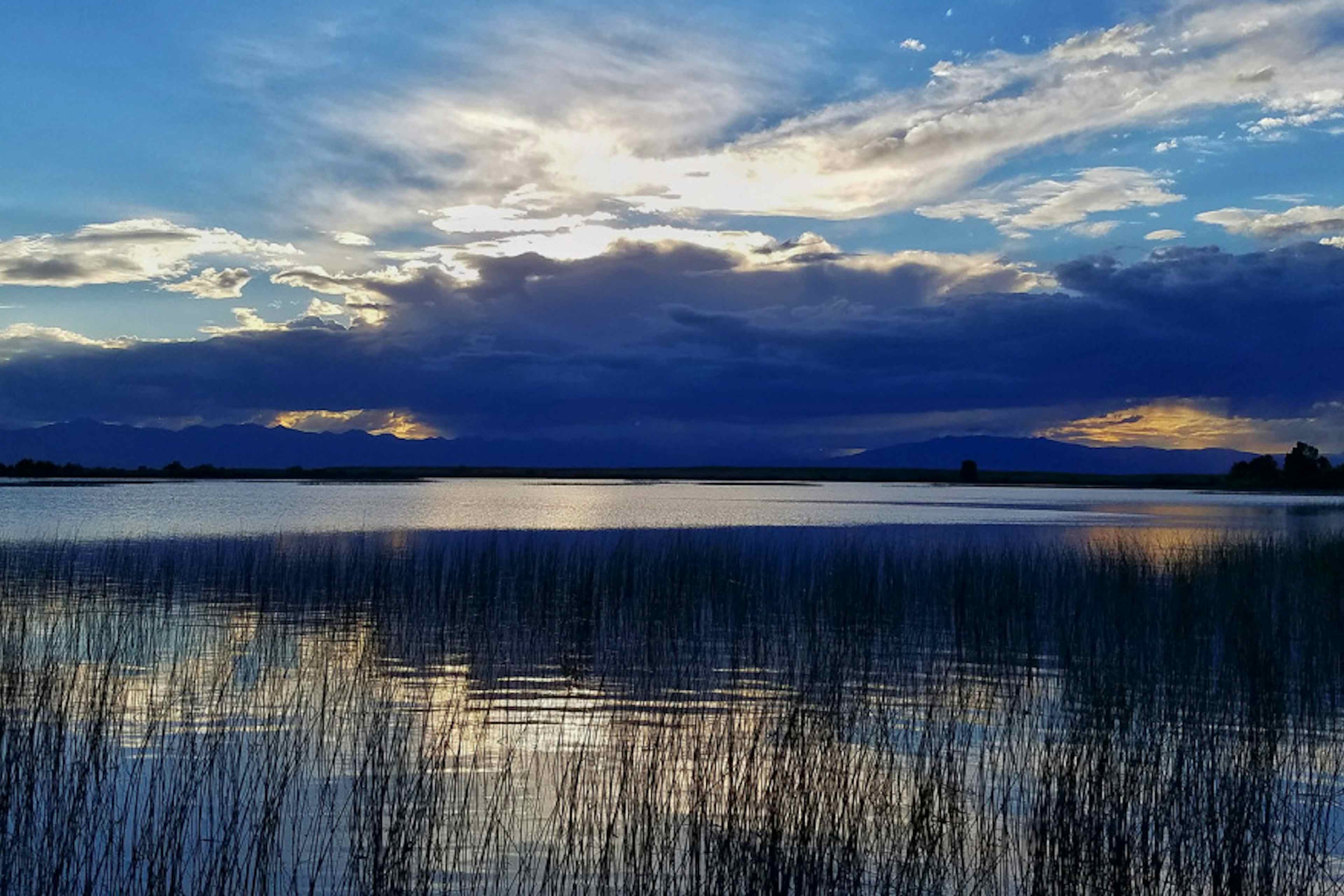Mud Lake

Mud Lake WMA was first established to preserve and protectbreeding and nesting habitat for waterfowl. While Mud Lake continues to function in its original capacity, it now provides benefits for a large suite of wildlife species. Recreation opportunities can be found for sportsmen and women throughout the WMA.
Mud Lake historically was aseasonally flooded sink area where Camas Creek spread out and disappeared into the aquifer. These seasonally wet areas extended several miles farther south, east and west from Mud Lake's present area. Over the years, dikes were built and water was kept in a small, but deeper lake. Agricultural fields now occupy areas that were historically covered by seasonal wetlands.
Today, the 11,468 acres of the WMA and 4,500 acre Mud Lake is a critical stopover during spring and fall for waterfowl and water birds. The shallow lake and surrounding marshlands provideimportant breeding, nesting, and foraging habitat for numerous species of birds.There are 28 species of waterfowl and 49 species of water birds that use the WMA and surrounding farmlands to meet their habitat needs.
Wildlife species can be found through all of the WMA including the uplands portion.Upland species such as ring-necked pheasant, gray partridge, sage-grouse, jackrabbits, and cottontail rabbits can be found throughout. Big game species also use all portions of the WMA. Mule deer, white-tailed deer, moose, elk, and pronghorn frequently use Mud Lake WMA year round.